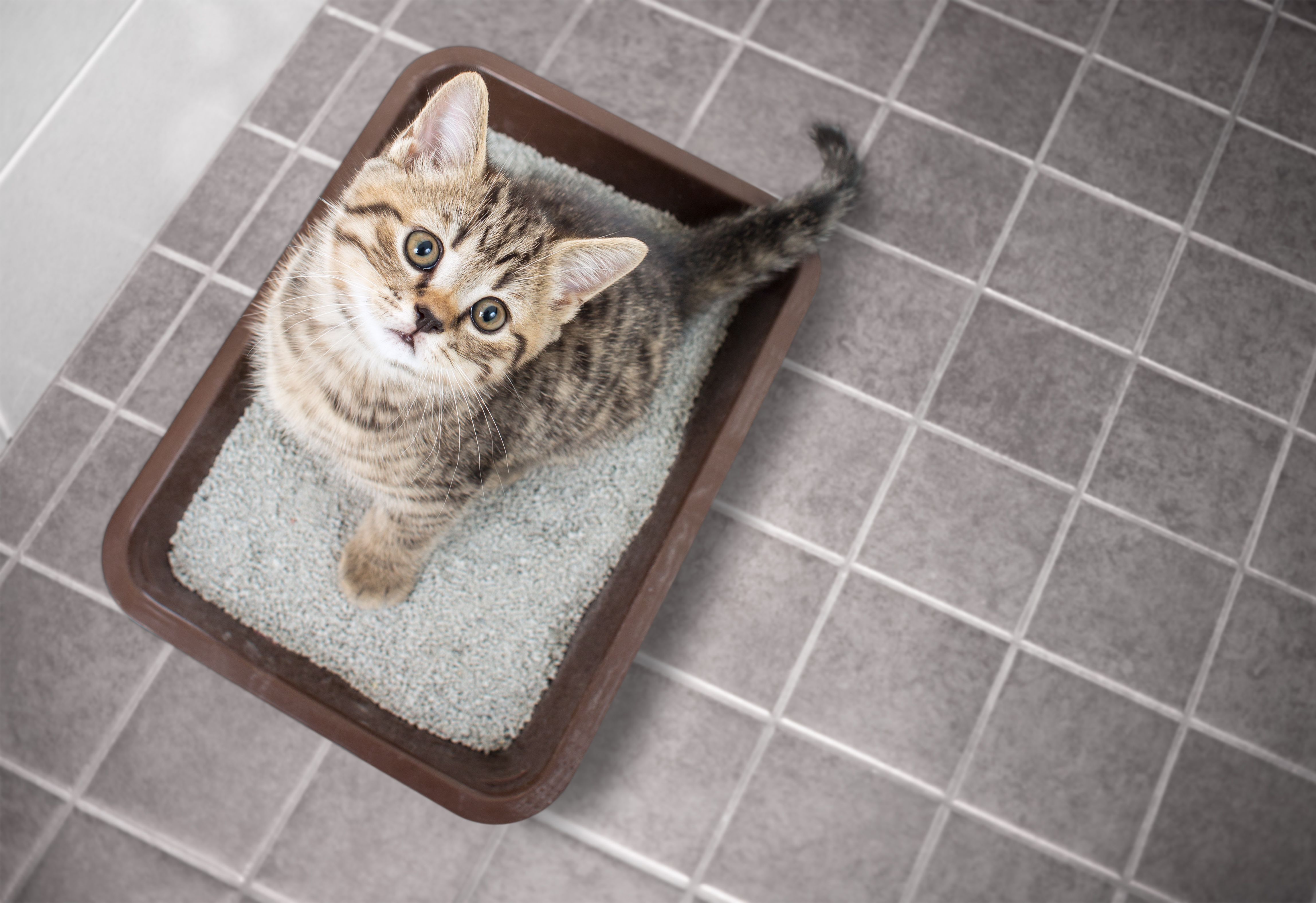Treating Giardia in cats
Not all cats need to be treated for giardiasis, Michael Lappin, DVM, PhD, DACVIM, explained in a lecture at the 2025 New York Vet Show.

At the 2025 New York Vet Show in New York, New York, Michael Lappin, DVM, PhD, DACVIM (SAIM), a professor of infectious disease in the Department of Clinical Sciences at Colorado State University in Fort Collins, led a lecture on the management of chronic gastrointestinal (GI) disease in cats presenting with vomiting and/or diarrhea.1 The session covered a range of primary and secondary GI diseases, including Giardia infection.
Although Giardia has zoonotic potential, approximately 85% of feline Giardia infections do not infect humans, Lappin explained.1 Meanwhile, the remaining 15% comprise the Giardia assemblages A and B, which are the genetic assemblages that are zoonotic.1
During the lecture, Lappin reminded attendees that combining a fecal float—ideally using zinc sulfate or a sugar solution—with a Giardia antigen test provides a 97% sensitivity. If both tests are negative, the likelihood that the patient has Giardia is only approximately 3%. This combined testing approach makes repeat testing unnecessary, thereby reducing diagnostic costs for clients.
According to the World Small Animal Veterinary Association, Lappin emphasized, cats or dogs with normal stools do not need to be treated for Giardia, regardless of the Giardia phenotype.1 “I want to make sure you know that you do not need to treat any Giardia-positive animal if they have a normal stool,” he said.1 “All you are doing [with this] is selecting for resistance strains. By testing healthy [patients] and then retesting them, we're wasting [client] money and selecting for resistance.”

Patients with recurring diarrhea should be treated, but cats with a consistent score of 2 or 3 on the Purina Fecal Scoring Chart do not need treatment, Lappin continued, adding that the parasite has the capacity to reinfect cats within 9 days.
When it comes to treating cats for Giardia, Lappin explained that metronidazole is hard on the microbiome, so fenbendazole should be used as a first treatment of giardiasis. For resistant cases, metronidazole can be used; however, Lappin strongly recommends giving probiotics to patients on metronidazole, as the drug may induce GI dysbiosis. An older study also found that fiber can inhibit Giardia adherence, with animals on a low-fiber diet being significantly more likely to become infected after being inoculated with 100 Giardia lamblia cysts compared with those fed a high-fiber diet.1,2
According to Lappin, psyllium, a soluble fiber, can lessen Giardia adherence. “FortiFlora PRO [Synbiotic Action Feline Health Supplement], which has psyllium, is a great choice, because you've got your probiotic and your psyllium,” he said.
Lappin advised switching the patient to metronidazole if the diarrhea is still present after 5 days of fenbendazole. If the diarrhea is still present after another 5 days, Lappin stressed that the patient most likely has another issue.
“You never need more than 2 drugs—one from each class,” Lappin said, emphasizing that his 30 years of experience as a Giardia researcher have shown that if a patient fails to respond to 2 drugs combined with a high-fiber, probiotic, and low-fat diet, they most likely have a coinfection or another GI disease. “I call it, '2 drugs, and you're out in my 3 strikes.'”

References
- Lappin M. Update on the management of chronic GI disease in cats. Presented at: 2025 New York Vet Show; November 6-7, 2025; New York, NY.
- Leitch GJ, Visvesvara GS, Wahlquist SP, Harmon CT. Dietary fiber and giardiasis: dietary fiber reduces rate of intestinal infection by Giardia lamblia in the gerbil. Am J Trop Med Hyg. 1989;41(5):512-520. doi:10.4269/ajtmh.1989.41.512
